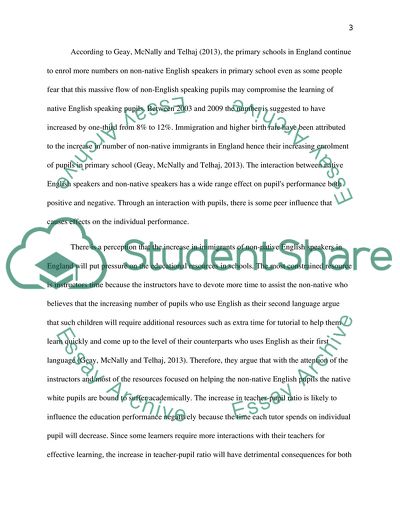Cite this document
(“NON-NATIVE SPEAKERS OF ENGLISH IN THE CLASSROOM: WHAT ARE THE EFFECTS Essay”, n.d.)
Retrieved from https://studentshare.org/finance-accounting/1681595-non-native-speakers-of-english-in-the-classroom-what-are-the-effects-on-pupil-performance
Retrieved from https://studentshare.org/finance-accounting/1681595-non-native-speakers-of-english-in-the-classroom-what-are-the-effects-on-pupil-performance
(NON-NATIVE SPEAKERS OF ENGLISH IN THE CLASSROOM: WHAT ARE THE EFFECTS Essay)
https://studentshare.org/finance-accounting/1681595-non-native-speakers-of-english-in-the-classroom-what-are-the-effects-on-pupil-performance.
https://studentshare.org/finance-accounting/1681595-non-native-speakers-of-english-in-the-classroom-what-are-the-effects-on-pupil-performance.
“NON-NATIVE SPEAKERS OF ENGLISH IN THE CLASSROOM: WHAT ARE THE EFFECTS Essay”, n.d. https://studentshare.org/finance-accounting/1681595-non-native-speakers-of-english-in-the-classroom-what-are-the-effects-on-pupil-performance.


